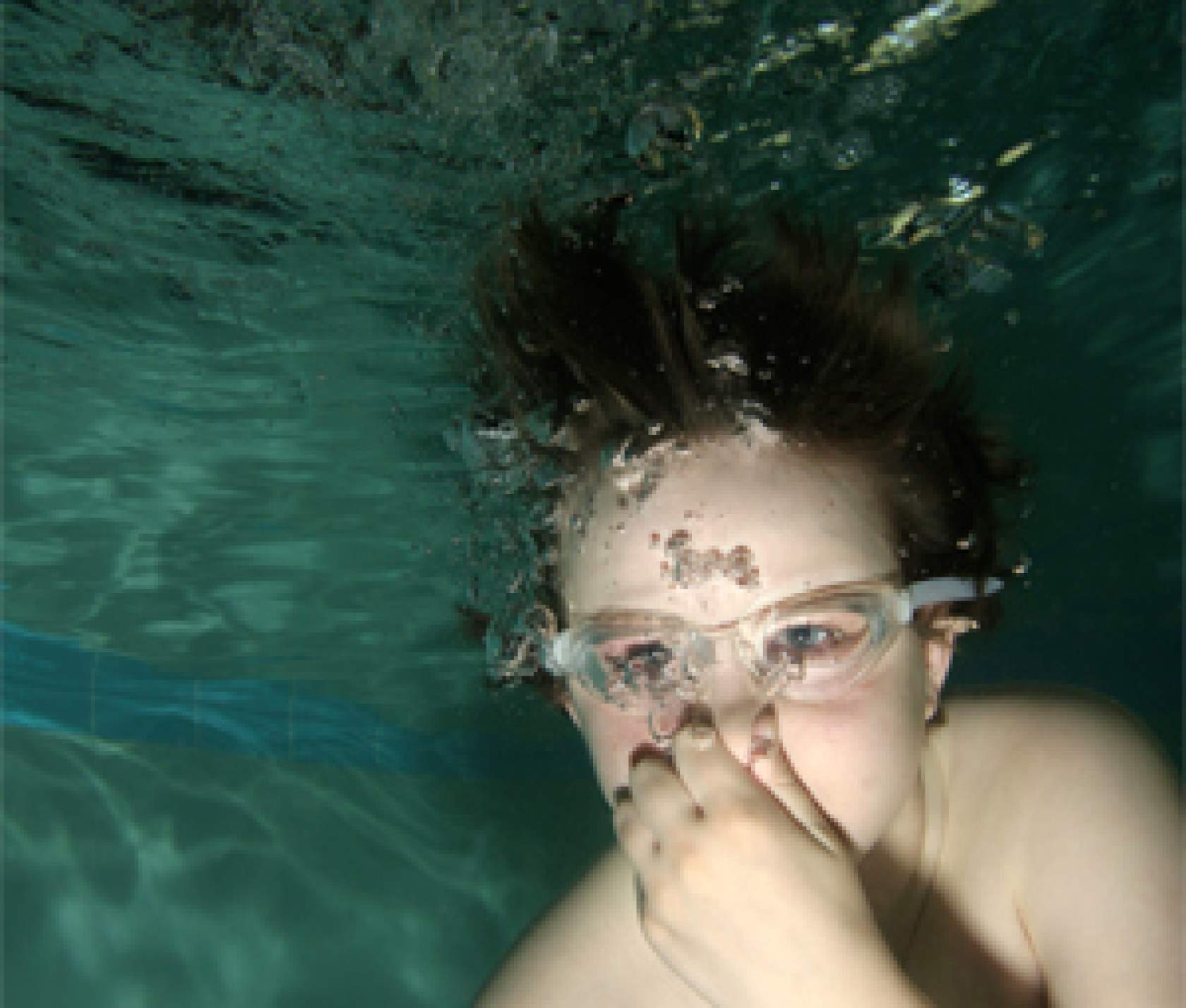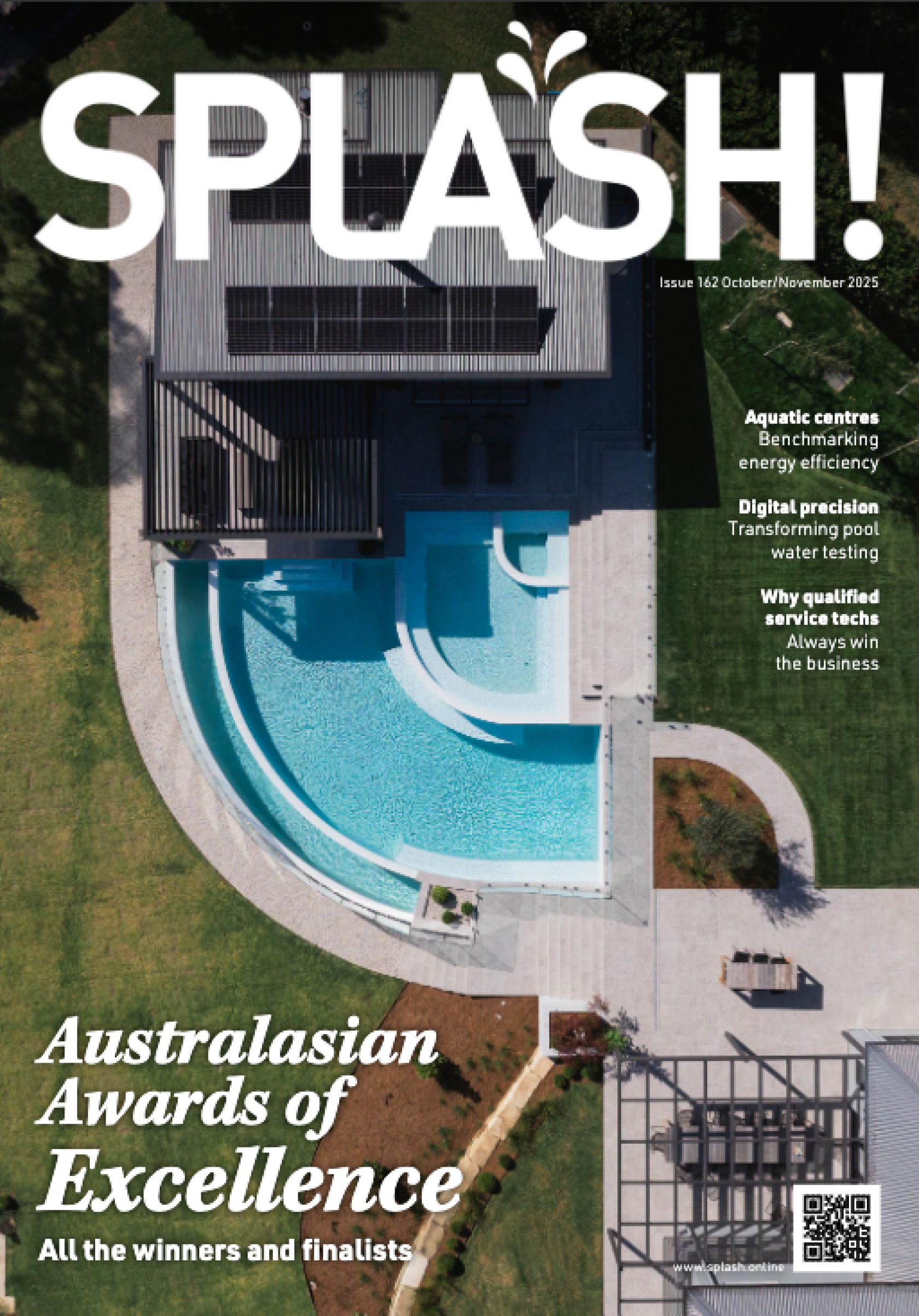Swim bodies take stance on hypoxic training

The Australian Swimming Coaches and Teachers Association (ASCTA) and Swimming Australia Ltd (SAL), have issued a joint statement on hypoxic training after identifying risks associated with the practice.
Hypoxic training is a technique aimed at improving athletic performance by restricting oxygen supply.
ASCTA and SAL have jointly formulated strict guidelines on any such activity. They advise any teachers, coaches and others utilising this performance enhancing skill – primarily in competitive environments – to revise their position and policy immediately.
Their stance is that hypoxic training:
- Has NO place in recreational swimming;
- Has NO place in learn-to-swim; however,
- Has a role to play in the sport, to help the development of competitive swimmers, under controlled conditions, by qualified coaches.
CLICK HERE to see Ross Gage on 60 Minutes explaining the new policy.
New policy
Swimming Australia has released a new Hypoxic Training Policy with a strict set of guidelines to help minimise risk for competitive swimmers using the performance enhancing skill. The guidelines are part of its ongoing drive to ensure swimmers, parents, coaches and swim clubs are aware of the dangers of hypoxic training and are up to date with best practice.
By actively following the guidelines and procedures, hypoxic training can be performed in appropriately safe conditions. Swimming Australia encourages all athletes to read the policy, available on their website, and raise any concerns about hypoxic training with their swim-coach, parent, or swim club.
The key principals of the new policy include:
- Hypoxic training should only ever take place within a controlled environment, under the strict supervision of an accredited coach.
- Coaches should advise athletes to never ignore the urge to breathe.
- Hypoxic training should be introduced in-line with the athlete’s physical and skill development, beginning with efforts over 5m, 10m, then 15m etc, as the swimmer develops the appropriate skills and physiological capability.
- Coaches should ensure adequate rest between hypoxic efforts to ensure full recovery.
- Athletes should never hyperventilate (take multiple, deep breaths) prior to underwater or hypoxic efforts.
- Hypoxic training should not involve competitive efforts of maximum duration, or distance covered.
Hypoxic training is a commonly used swim training method which aims to improve the body’s tolerance of an “oxygen debt” – or lack of oxygen – by swimming short distances without breathing. It’s most regularly used in combination with underwater swim training for improving competitive starts and turns.
It is not new. It has existed for at least 30 years and is fairly widely practiced within both Australian and international competitive swimming.
When practiced in line with Swimming Australia’s new Hypoxic Training Policy, the methods can play an important role in the development of competitive swimmers.
Swimming is one of the safest competitive sports available, but as with any physical activity there are risks involved. For this reason, hypoxic training should only ever take place within a controlled environment under the strict supervision of an accredited coach. This is a critical part of minimising the risk of hypoxia or “shallow water blackout” when a swimmer loses consciousness. Hypoxia is caused by oxygen deprivation brought about by extended breath holding and is generally associated with taking repetitive deep breaths, or hyperventilating, just before entering the water.
Competitive swimmers are at higher risk of suffering from hypoxia when doing extended underwater swims. The risk is heightened even further by hyperventilating prior to the effort.
Four simple tips for safer swimming:
- Never swim alone.
- Never hyperventilate prior to any swimming activities.
- Never ignore the urge to breathe.
- Never play breath-holding games or challenges.
Keep informed with the free SPLASH! newsletter or follow SPLASH! on social media: Twitter, Facebook, LinkedIn and Google+.




